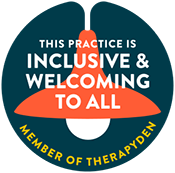Maladaptive daydreaming refers to a pattern of extensive, vivid daydreaming that interferes with daily life. Maladaptive daydreaming often becomes a form of escapism. Unlike normal daydreaming, which may occur occasionally and does not really disrupt functioning, maladaptive daydreaming can become all-consuming.
People experiencing maladaptive daydreaming may spend hours each day lost in elaborate fantasies, often centered around idealized scenarios or intricate narratives that they mentally replay. These daydreams can be triggered by external events, emotions, or boredom, and they often involve highly detailed storylines with characters, settings, and even specific events. As these fantasies grow, they can take on a life of their own, making it difficult for individuals to focus on real-world tasks or engage meaningfully with other people to foster relationships.
While daydreaming itself is not inherently harmful, maladaptive daydreaming can have significant negative consequences. People who struggle with this type of daydreaming may experience difficulty concentrating on work or school, neglect relationships, or feel disconnected from their surroundings. These daydreams often create a sense of temporary relief from life's stresses, but they can ultimately cause more issues in the long-run, preventing individuals from addressing the real challenges they face. As the fantasies become more compelling and immersive, the boundary between fantasy and reality can blur which can lead to feelings of isolation, frustration, and even depression. For more information, check out our blog “3 Benefits of Working with a Depression Therapist.”
Understanding maladaptive daydreaming is crucial in order to address it effectively and find healthier ways to cope with stress and emotions.















